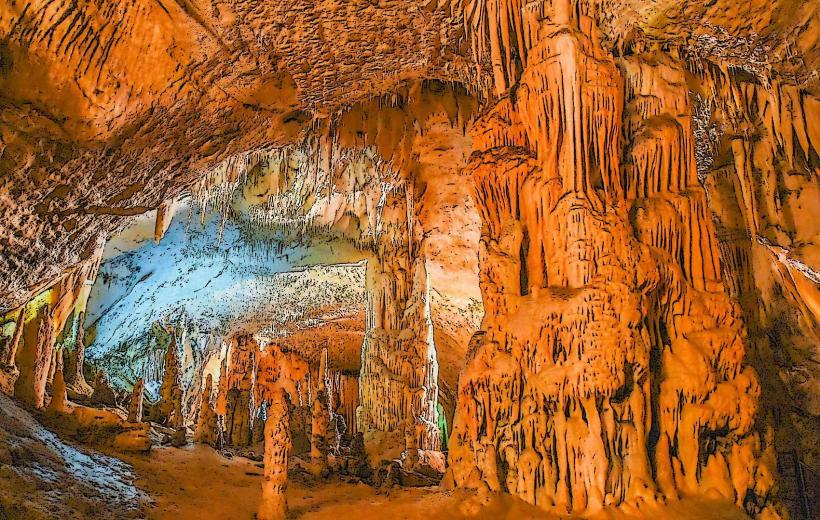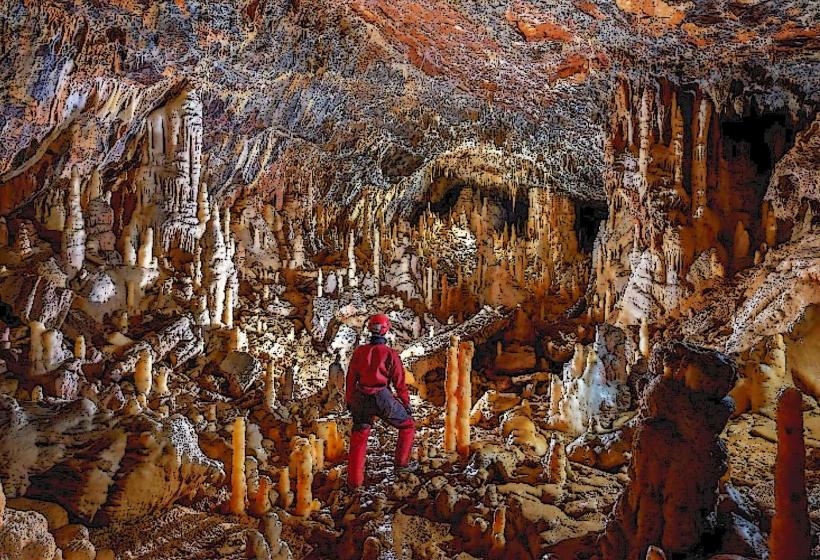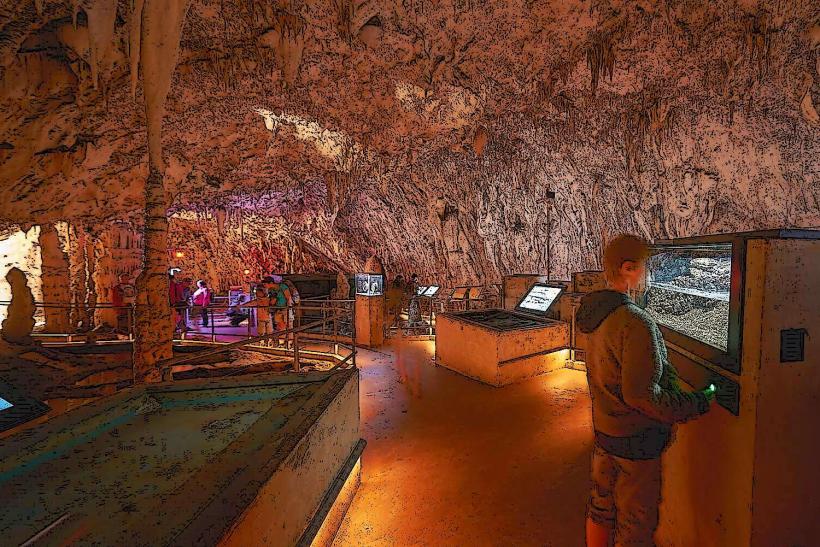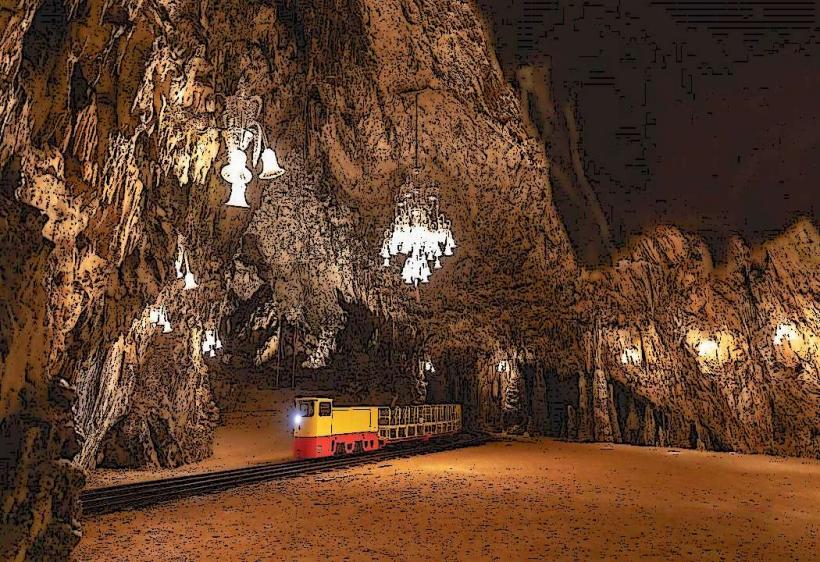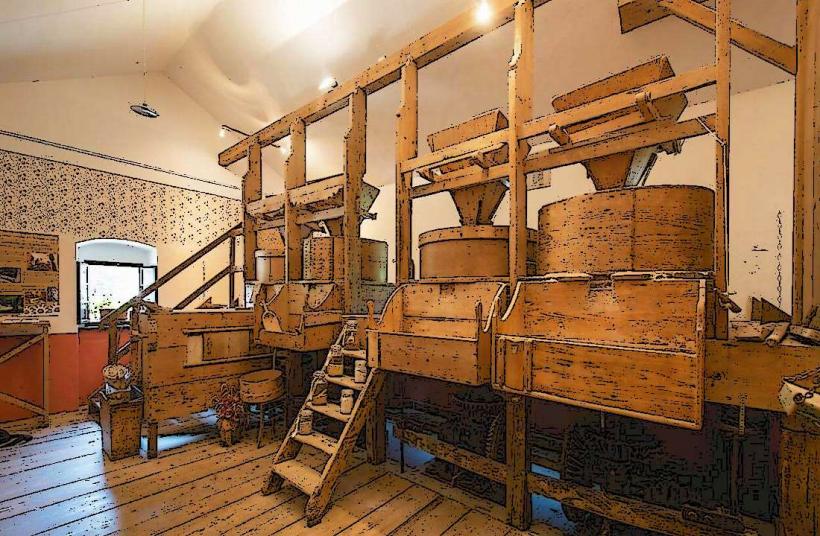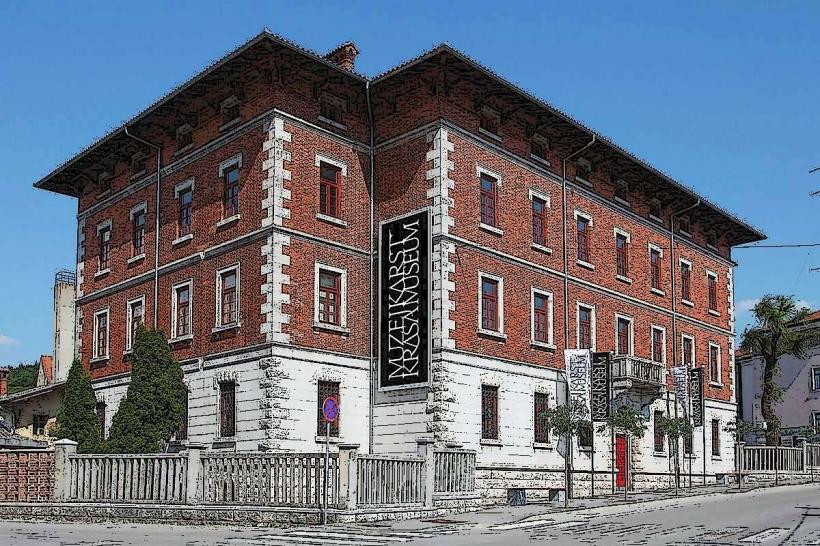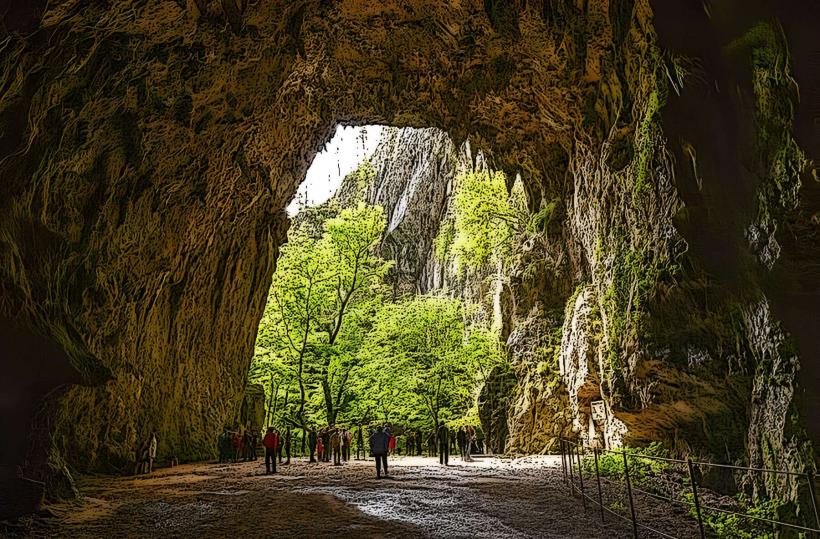Information
City: PostojnaCountry: Slovenia
Continent: Europe
General Overview
- Status: Postojna is a town and municipality located in the southwestern part of Slovenia. It is famous primarily for the Postojna Cave, one of Slovenia's most visited tourist attractions.
- Location: Situated in the central part of the Karst region, near the Italian border, and about 50 km southwest of Ljubljana, the capital of Slovenia.
- Population: Approximately 9,000 residents.
- Area: Covers around 121 square kilometers (46.7 square miles).
- Altitude: The town lies at an elevation of about 500 meters (1,640 feet) above sea level.
Geography
- Position: Located in the Karst Plateau region, Postojna is surrounded by stunning natural features, including caves, rivers, and lush forests.
- Climate:
- Postojna has a continental climate, with hot summers and cold winters.
- Average summer temperatures: 25–30°C (77–86°F), while winters can be chilly, with temperatures sometimes dipping below freezing.
- Natural Features:
- The area is famous for its Karst landscape, characterized by caves, underground rivers, and sinkholes.
- The Pivka River runs nearby and has carved out several dramatic features in the landscape.
History
Ancient and Medieval Times
- The area has been inhabited since prehistoric times, with evidence of settlement from the Bronze Age and Iron Age.
- Postojna itself has its origins in the Roman period when it was part of the Roman province of Pannonia.
- During the medieval period, the region was known for its strategic location along trade routes.
Modern History
- Postojna grew as a small market town in the 18th and 19th centuries, largely due to its location along the trade route between Ljubljana and Trieste, Italy.
- The town became internationally known after the discovery of the Postojna Cave in the 19th century.
- In the 20th century, the town became a focal point for tourism due to the cave and the nearby Predjama Castle, attracting visitors from around the world.
Economy
- Tourism: The primary driver of Postojna’s economy, with attractions like Postojna Cave and Predjama Castle drawing millions of visitors annually.
- Cave Tourism: Postojna Cave is one of the largest and most visited caves in Europe, famous for its stunning limestone formations and unique underground train ride.
- Agriculture: The surrounding Karst region is known for its vineyards and farming, particularly olive oil and wine production.
- Manufacturing and Industry: Local industries include food production, textiles, and small-scale manufacturing.
Culture and Lifestyle
Historical Identity
- Postojna is known for its long history, blending both natural and human-made wonders. The town is often considered a gateway to the Karst region and Slovenia's cultural heritage.
Cuisine
- Karst cuisine is characterized by hearty, simple dishes that use local ingredients, such as prosciutto (air-dried ham), fritaja (a type of frittata), and Karst beef.
- Wine: The region produces wine, especially white varieties, which are integral to the local culture and cuisine.
- Olive Oil: The Karst region also produces high-quality olive oil, which is highly prized in local cooking.
Festivals and Events
- Postojna Cave Festival: A celebration of the natural and cultural heritage of the area, including music, theater, and outdoor performances, often set in the stunning cave surroundings.
- Karst Wine Festival: A celebration of local winemaking, with tastings and culinary experiences centered around the wine produced in the Karst region.
- Traditional Craft Fairs: Postojna often hosts craft markets showcasing traditional Slovenian handicrafts, including pottery, textiles, and woodwork.
Natural Attractions
Postojna Cave:
- The main attraction, this 24,120-meter-long cave system, is one of the most famous in Europe.
- Visitors can explore the cave by a unique underground train, followed by a walking tour that showcases magnificent limestone formations.
- It is home to the human fish (Proteus anguinus), an aquatic salamander found only in the karst regions of Slovenia.
Predjama Castle:
- A dramatic Renaissance castle built into a cave mouth, located about 9 kilometers from Postojna.
- It is one of Slovenia’s most iconic landmarks, famous for its medieval architecture and its association with the legend of Erazem of Predjama, a nobleman who used the castle as a refuge during a siege.
Rakov Škocjan:
- A picturesque natural reserve featuring sinkholes and limestone arches. The Rakov Škocjan valley is one of the most beautiful karstic landscapes in Slovenia.
Pivka Lakes:
- A series of small, picturesque lakes formed by the Pivka River, surrounded by marshland and lush vegetation. The lakes are home to various bird species, making it a great spot for birdwatching.
Urban Design and Architecture
- Town Center:
- Postojna has a compact town center with a traditional Slovenian feel, characterized by narrow streets, squares, and well-preserved architecture.
- St. Stephen's Church is a notable historical landmark in the center of town, with a classic Baroque design.
- Postojna Castle:
- This medieval castle, located in the town itself, stands as a reminder of Postojna’s strategic importance throughout history. It houses the Karst Museum, which focuses on the history and geology of the region.
Transportation
- Roads and Highways: Postojna is well-connected by road, located on the A1 motorway, which connects the town to Ljubljana, Trieste (Italy), and the rest of Slovenia.
- Rail: The town has a train station, with direct connections to Ljubljana, Koper, and other major Slovenian cities.
- Buses: Local and regional bus services connect Postojna to surrounding towns and villages.
- Airports: The nearest international airports are in Trieste (Italy), Ljubljana, and Klagenfurt (Austria).
Recreational Activities
- Caving: Apart from the Postojna Cave, the region offers many smaller caves and karst formations that are popular with caving enthusiasts.
- Hiking and Cycling: The surrounding Karst Plateau and Predjama area offer numerous trails for hiking and cycling.
- Wildlife Watching: The region is home to various species of birds, deer, and other wildlife, making it a popular destination for nature lovers.
Education and Research
- Karst Research: Postojna is a center for geological and speleological research due to its proximity to Postojna Cave and other karst features.
- Local Education: The town is home to primary and secondary schools, and the Postojna Regional Library offers a wealth of resources about the history and culture of the Karst region.
Sustainability Efforts
- Eco-tourism: With the Postojna Cave and surrounding natural areas, eco-tourism and environmental preservation are important in the region. Efforts focus on preserving the unique karst ecosystem and managing sustainable tourism.
- Renewable Energy: The town promotes the use of renewable energy, particularly through the use of solar power and sustainable agricultural practices.
Key Features
- World-renowned Cave System: Postojna’s cave is one of the largest and most visited in Europe, offering both scientific and recreational appeal.
- Rich History and Culture: A town with a blend of medieval and modern attractions, Postojna is a cultural and historical hub of the Karst region.
- Natural Beauty: Surrounded by lush forests, caves, and river valleys, Postojna is a great destination for outdoor enthusiasts and nature lovers.

